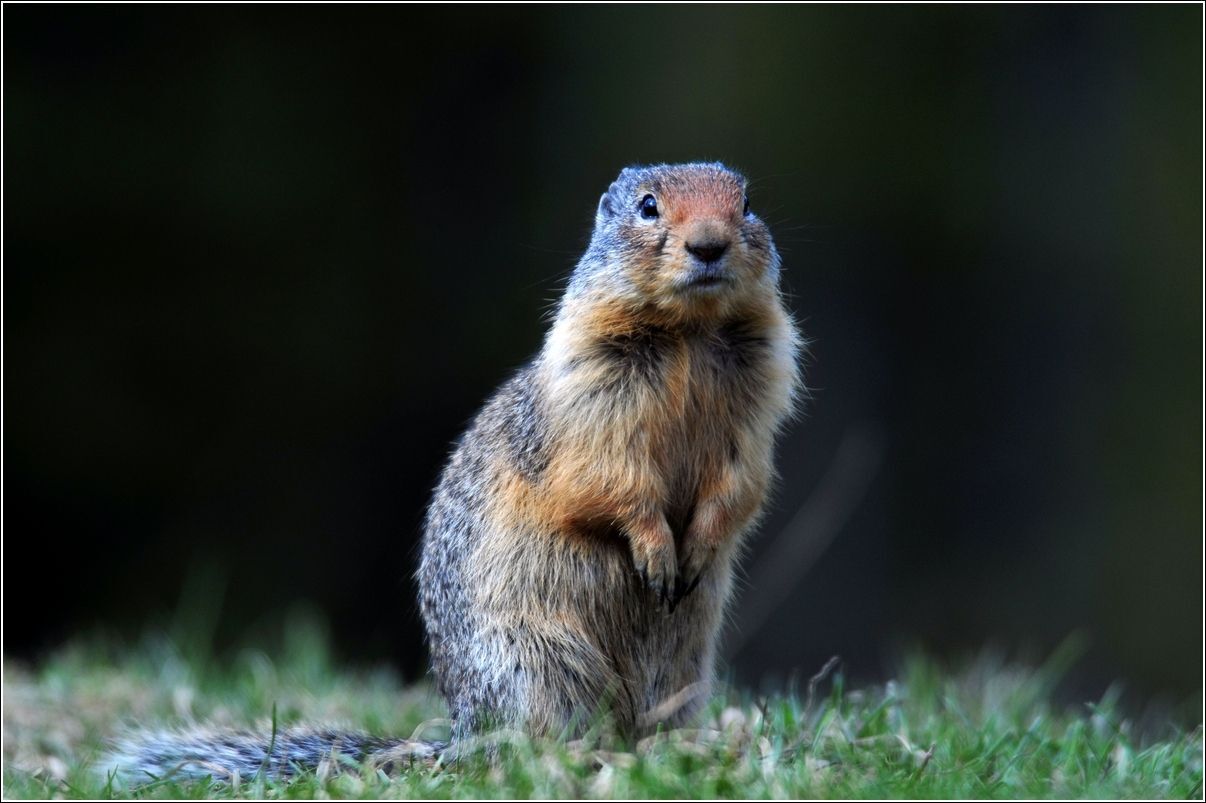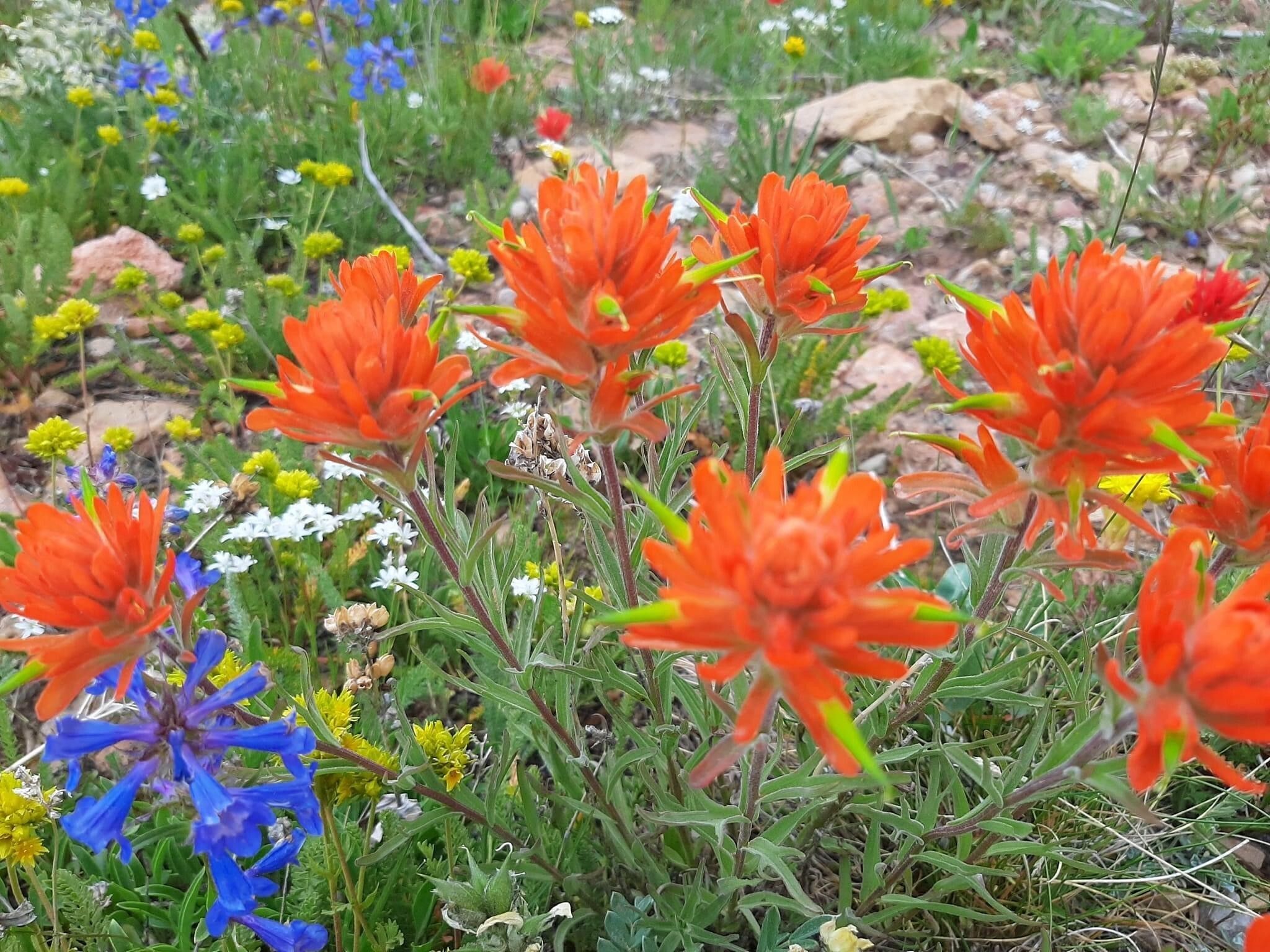
June and July are the best months of the year to consider your destructive ground squirrel population. In Missoula County, the most common ground squirrel is the Columbian, known for their larger size and reddish-brown fur on the nose and legs. Columbian Ground Squirrels are beneficial to the ecosystem in many ways, but when populations explode in agricultural fields or in livestock pastures, their dangers and financial impacts outweigh their benefits.
The Montana Department of Agriculture Vertebrae Pest webpages contain downloadable documents that are complete and more descriptive than this article, but we will highlight some of the biggest takeaways from the information available for Columbian Ground Squirrels.
5 Important Takeaways
- The answer to your vertebral pest problem is not simple. Successful mitigation of Columbian Ground Squirrels and Meadow voles depends on utilizing multiple forms of control, including chemical, mechanical, biological, and land use changes.
- Keep an open mind and be prepared to fail. One simple control method does not work for every landowner in every situation. Many factors must be considered before purchasing equipment or placing control methods, such as cost, location, timing, species density, resident versus non-resident land use, safety, and more.
- The Label is the law! Product labels and laws for each state are nuances and should be read carefully before proceeding. Seriously, read the entire label!
- Timing is critical. The best period to control voles is fall, but the best period for ground squirrels is June and July.
- Communicate with your neighbors. Control methods are more effective if they consider the species’ ecosystem unconfined by fences. Once your control methods have been chosen, give neighbors polite notice to contain pets, livestock, and discourage children from playing in those areas.
3 Common Examples
- A Commercial Hay Field (non-residential): The gold standard for commercial hay fields is grain baiting with either chlorophacinone (patented as Rozol) and/or zinc phosphide (not patented and easier to source). There are many important considerations when using chemical control, such as a required pesticide license, following the label, pre-baiting, and regular maintenance, so consider your options very carefully. If you need a pesticide license contact my office at >>>>
- Residential property: Since rodenticides are not permitted for ground squirrels on residential lawns, you will need to rely on traps. Two traps are particularly recommended, namely the GT 2006 (manufactured by Lees Trap Works) or the Round Body Grip traps (RBG), sizes 2.5 and 3.5 inches in diameter. The RBGs can be purchased at trapping supply houses available online. You’ll also want to consider complementary land management changes such as plowing (to damage burrows), letting vegetation grow to impede their movement, and/or employing flood irrigation
- For Sensitive Areas with Lots of Pets, Livestock, and People: Ignitable gas cartridges, such as the Giant Destroyer, are available at hardware stores. These products are legal for use on your own property without a pesticide license. A key advantage is that there are no secondary poisoning issues when using ignitable cartridges. They work best in moist soils. Use care in dry conditions as they burn very hot. Always follow label guidelines when using. For pesticide-free solutions, consider using multiple catch cage traps such as the M30H Multiple Catch Trap with 3” doors by Tomahawk Live Trap. Use of the trap requires pre-baiting to encourage use before setting the doors. You also need to plan a way to dispatch the catches as translocation is not advised. Alternatively, rat snap traps baited with peanut butter and oats placed inside tamper-resistant stations provide another option. The box prevents non-targets from entering. Patience is required if you plan on using traps.
Natalie Sullivan and Stephen Vantassel
To learn more about the management of Columbian ground squirrels, download Columbian Ground Squirrels: Biology and Control from the Montana Department of Agriculture
https://agr.mt.gov/_docs/vertebratepests-docs/ColumbianGroundSquirrel-BiologyandControl.pdf

